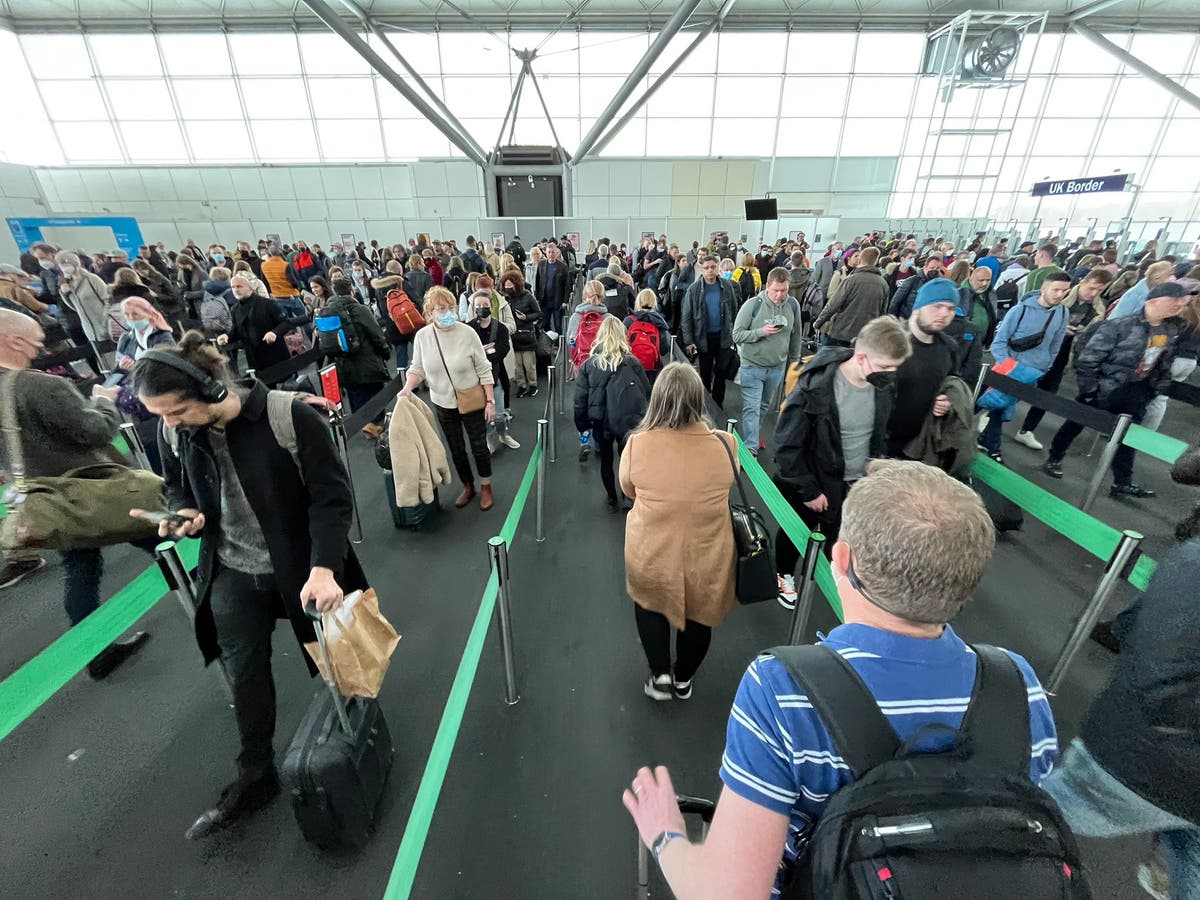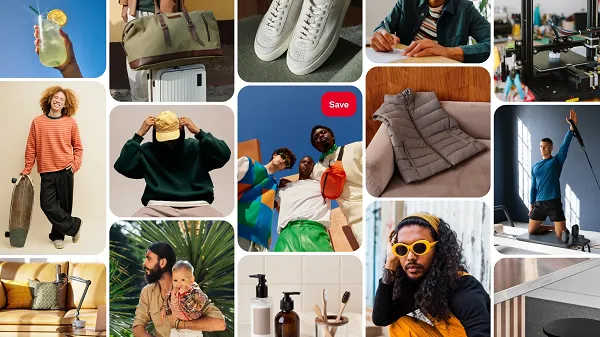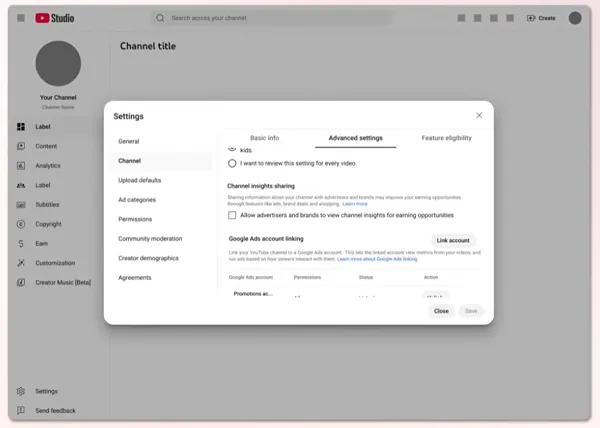Designing basic flip-flops helped Malaysia’s Fipper establish a global footprint, here’s how
Fipper is a Malaysian slipper or flip-flop brand known for its colourful shoe options found in many malls. Here's it's founder and history.

When I told my colleagues that Fipper, the colourful slipper brand you’d often spot in malls, was a Malaysian brand, they were shocked.
To be honest, I wasn’t really sure if it was, either. I remember growing up seeing Fipper stores—which were typically quite small—and what always struck me was the sight of flip-flops arranged in the colours of the rainbow. And for some reason, something about it just always seemed rather Western.
Vulcan Post had also said it had a Hawaiian feel to it in a piece published some years ago, which featured a number of brands we bet Malaysians didn’t know were homegrown.
“And we continue not to know,” my colleague quipped, so we’re determined to change that and familiarise the younger generations with Fipper’s homegrown history.
The man behind the flip-flop empire
Dubbed an “entrepreneur extraordinaire”, founder Jack Lim’s first business venture was not Fipper, but discount shops that sold a wide array of products from homeware to stationery.
These discount shops were able to sustain themselves in the market for 13 years, giving Jack a clear idea and understanding of entrepreneurship.
 Image Credit: Fipper
Image Credit: Fipper“As a businessman, what matters the most to [Jack] is people using his products rather than focusing on the profit margin,” a media kit by the brand shared.
His eye for entrepreneurial opportunities would lead him to what he believed was a new business horizon that had a huge potential to grow—flip-flops.
Jack believed flip-flops played a big part in humans’ daily routines, and they have even gone from being a basic footwear option to a fashionable garment.
Brands like Ipanema and Havaianas were already established slipper brands, but Jack believed these international names were targeting high-income earners, leaving a gap in the market for casual yet affordable footwear.
Teaming up with three childhood friends, Jack took his experience from those discount shops and applied them to his new brainchild—Fipper Marketing Sdn. Bhd. (Fipper for commercial usage).
Using a wholesale strategy, Jack Lim stepped into the footwear business in 2008. By 2010, he had opened the first Fipper boutique at Sungei Wang Plaza.
As of 2019, Fipper owned 46 outlets throughout Malaysia.
Cementing its colourful branding
Remember what I said about how memorable it was to see Fipper’s colourful shoes arranged in those rather small stores?
Turns out, it was all intentional.
 Image Credit: Fipper
Image Credit: Fipper“Initially, when Fipper opened its flagship boutique, the interior design only covered a small portion, around 400 to 500 square feet,” the brand wrote. “This then became a standard criterion for Fipper’s outlets to have.”
The thing about slippers is that they typically do not require boxes for storage. Thus, Fipper decided to utilise the storage room space by placing the stocks as they are while creating a visually attractive layout for its products.
This meant displaying the shoes in that iconic spectrum of shades that could be seen from afar.
Rather than treating these outlets just as places for customers to try out the shoes, the team saw it as an ad space—a marketing strategy that is not as popular anymore due to digitalisation and e-commerce.
How a Fipper gets made
According to the media kit, Jack is a person with “an intrinsic sense of art”, and thus set off to design the slippers himself.
While you might argue there’s nothing revolutionary and difficult about designing a part of flip-flops, Fipper believes Jack’s creativity played a great part in the shoes, especially when it comes to the shoes’ colourways.
“The colour combinations he chose are strikingly attractive as they are specifically designed to capture the eyes of the people especially young adults between 17 to 28 years old,” it described.
The shape of the flip-flop seems straightforward enough, and some might even believe all Fipper shoes sport the same exact shape.
However, Fipper actually carries various styles, “crafted differently to fit one’s desire”.
For women, Fipper has made models such as the Basic-S, Strappy, Slim, Glitter, and Wedges-S. Meanwhile, collections by the name of Wide, Basic, Black Series, Trekker, and Refitt are for the men to choose from.
 Image Credit: Fipper
Image Credit: FipperToday, Fipper has also expanded to cater to children with the Todd’s, Kids, and Junior collections.
However, Jack isn’t the one behind all these designs anymore.
“As the company is spreading its wings, Fipper has its very own team of designers who are responsible for the development of the products,” the kit explained.
The design team at Fipper supposedly needs to come out with at least six different colour combinations per season.
Because of this, Fipper gained the recognition of The Malaysia Book of Records for “The Most Multicoloured Slipper in Malaysia” in 2018, boasting 109 multicoloured slippers. It’s also known for having “The Biggest Slipper Replica in Malaysia” with 5m in height, and 2.44m in width.
While designed by the in-house team, Fipper is actually made by an exclusive manufacturer in Thailand, as the company believes Thailand to have the “most reliable and credible manufacturers in the industry”.
Fipper credits this belief to Thai manufacturers’ practice of using premium-grade rubbers which produces sturdy and durable slippers.
Trekking across the globe
Although slippers seem to be some kind of universally worn shoe from children to grandparents, Fipper wants to be more specialised than that.
“We claim ourselves as representative of youngsters’ lifestyles since our products can be worn at any occasion in most daily life activities and public places such as in mosques, gyms, beaches, toilets, malls, pools, and even in cyber cafés,” Jee Von, Fipper’s co-founder and current CEO, wrote in the media kit.
Personally, I’ve never thought of Fipper to be just for youngsters growing up. Plus, I felt like young people nowadays are perhaps more into sneakers.
A decreased interest in flip-flops might be why Fipper now focuses on influencer and digital marketing.
Through its branding efforts, Fipper has made a name for itself not just in Malaysia, but beyond. Its first international break had come back in 2013 when it opened a boutique in Cambodia.
 Image Credit: Fipper
Image Credit: FipperThen, Fipper managed to open up 40 outlets in Indonesia. Eventually, it also established flagship stores in Japan, Taiwan, Maldives, Brunei, and Morroco.
Fipper is also present in Australia, New Zealand, Vietnam, Korea, Mauritius, Philippines, South Africa, and Europe through distributors that act as a wholesaler for its products in each country.
Fipper has also penetrated the Chinese market by opening an online Fipper flagship store in Tmall (owned by Alibaba.com).
Up to date, Fipper has over 100 flagship boutique outlets, and a network of close to 500 distribution channels including those in major cities in Malaysia.
Leaving its footprint
Although I believe Fipper has become a household name, I find that I see it less and less nowadays. Perhaps it’s because I visit malls less. Perhaps its outlets had taken a hit from the pandemic.
The media kit, which was from 2019 (before the chaos of COVID-19), shared that Fipper doesn’t rely on just physical sales anymore, though. The brand has a presence on online platforms other than its own website such as Zalora, Shopee, Lazada, Fashion Valet, and Alibaba Tmall.
In fact, according to an article by Alibaba News, Tmall was able to help Fipper recover from the pandemic.
Jee Von was quoted in the article saying, “One of the main reasons for our success is due to the livestreaming culture in China. It has brought many opportunities for businesses and we hope more Malaysian brands can adopt this into their strategies moving forward.”
Working with popular livestreaming hosts on Taobao Live, Fipper was said to have sold over 4,000 sandals and slippers in just five minutes.
According to the article, as lockdowns were lifted in China, Fipper saw its sales on Tmall Global “begin to soar”.
Fipper Marketing Sdn Bhd was also recognised by the Selangor Information Technology and Digital Economy Corporation (Sidec) as one of Malaysia’s top ecommerce merchants for 2022.
Thanks to its solid footing, Fipper has been able to adapt to the times. It has gone from having a strong presence in shopping malls to a similar presence on online platforms today.
Learn more about Fipper here.Read other articles we’ve written about Malaysian startups here.Featured Image Credit: Fipper

 Aliver
Aliver 
































